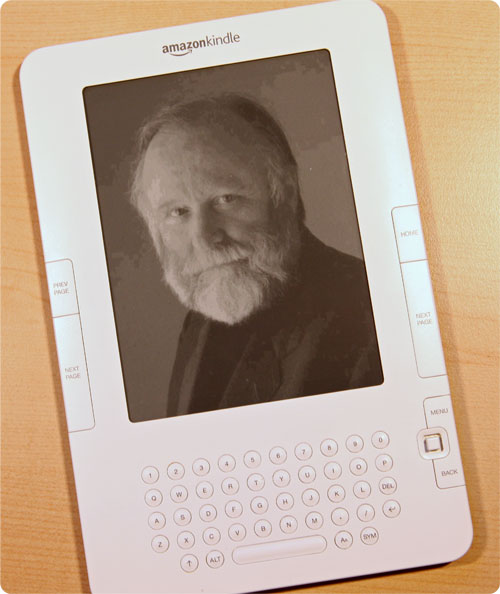Frank Herbert, the author of epic Dune, influenced science fiction no less than the “Big Three” (Isaac Asimov, Robert Heinlein and Arthur Clarke), mentioned in the previous posts. Most notable of his works are available now in Kindle edition, too.
It’s hard to believe that Herbert couldn’t find a publisher for Dune at first. Eventually, the manuscript was accepted by a minor publishing house in Philadelphia and the book was soon a tremendous success with critics. It took the Nebula Award for Best Novel in 1965, a year later it shared the Hugo Award with ...And Call Me Conrad by Roger Zelazny. Though not a bestseller at the beginning, now Dune is highly popular among science fiction fans. It “…tells the sweeping tale of a desert planet called Arrakis, the focus of an intricate power struggle in a byzantine interstellar empire. Arrakis is the sole source of Melange, the “spice of spices.” Melange is necessary for interstellar travel and grants psychic powers and longevity, so whoever controls it wields great influence.”
Dune Messiah followed the original novel in 1969; twelve years after the events in Dune, Paul Atreides is a Emperor of the Known Universe. “Worshipped as a religious icon by the fanatical Fremens, Paul faces the enmity of the political houses he displaced when he assumed the throne — and a conspiracy conducted within his own sphere of influence.”
Children of Dune is third in the series; in 1977 it was nominated for Hugo Awards for Best Novel. Paul’s children Leto and Ghanima, possessing supernatural abilities of prescient vision, survive despite numerous attemps to kill them. Unlike his father, who preferred to escape into the desert, Leto makes a hard decision to transform into a hybrid of a human and sandworm to gain immortality and keep control of the Universe. “At stake are the precious ecology and ethos of Dune itself, with terrible consequences for the scattered planets of the Imperium.”
